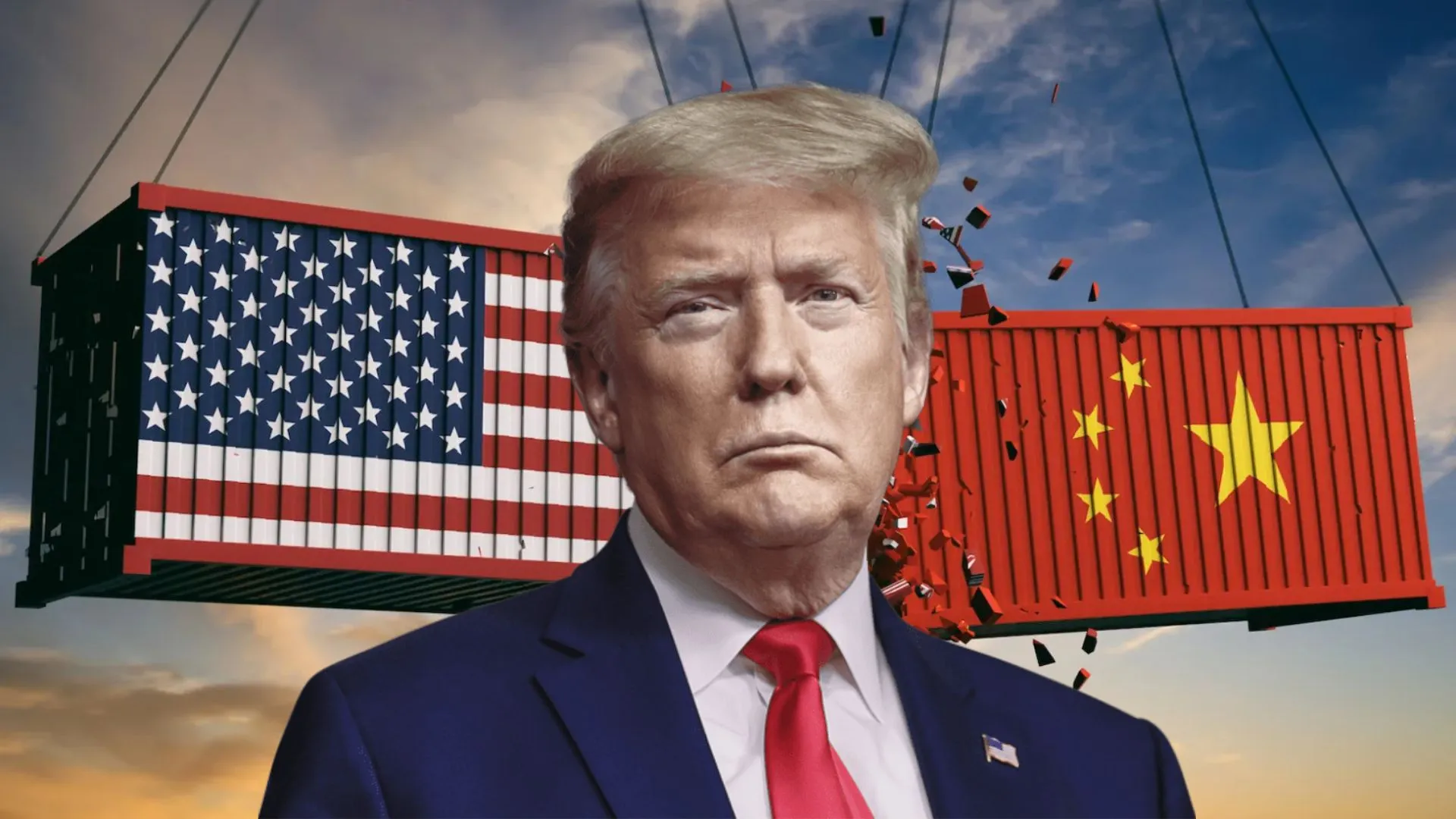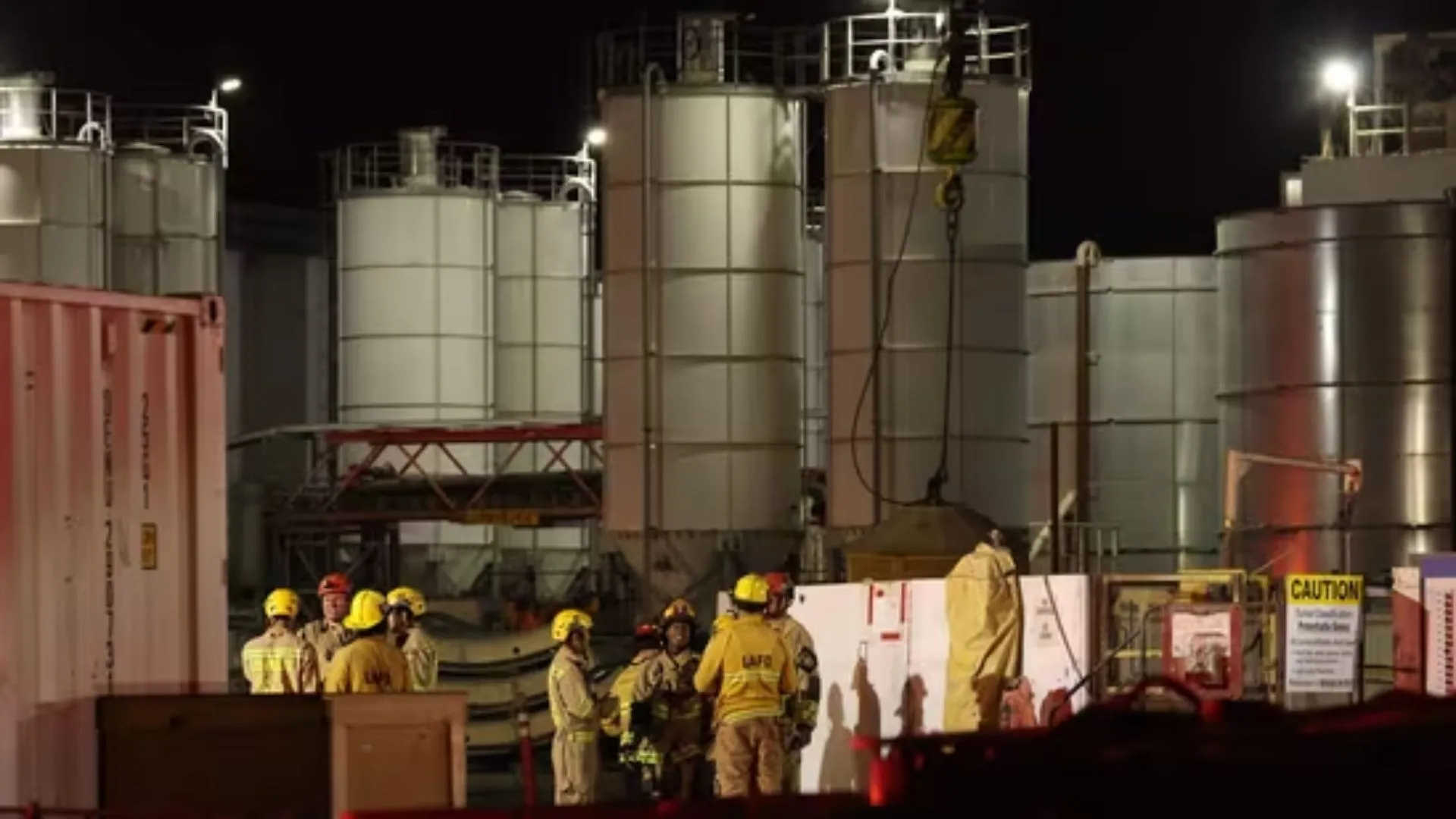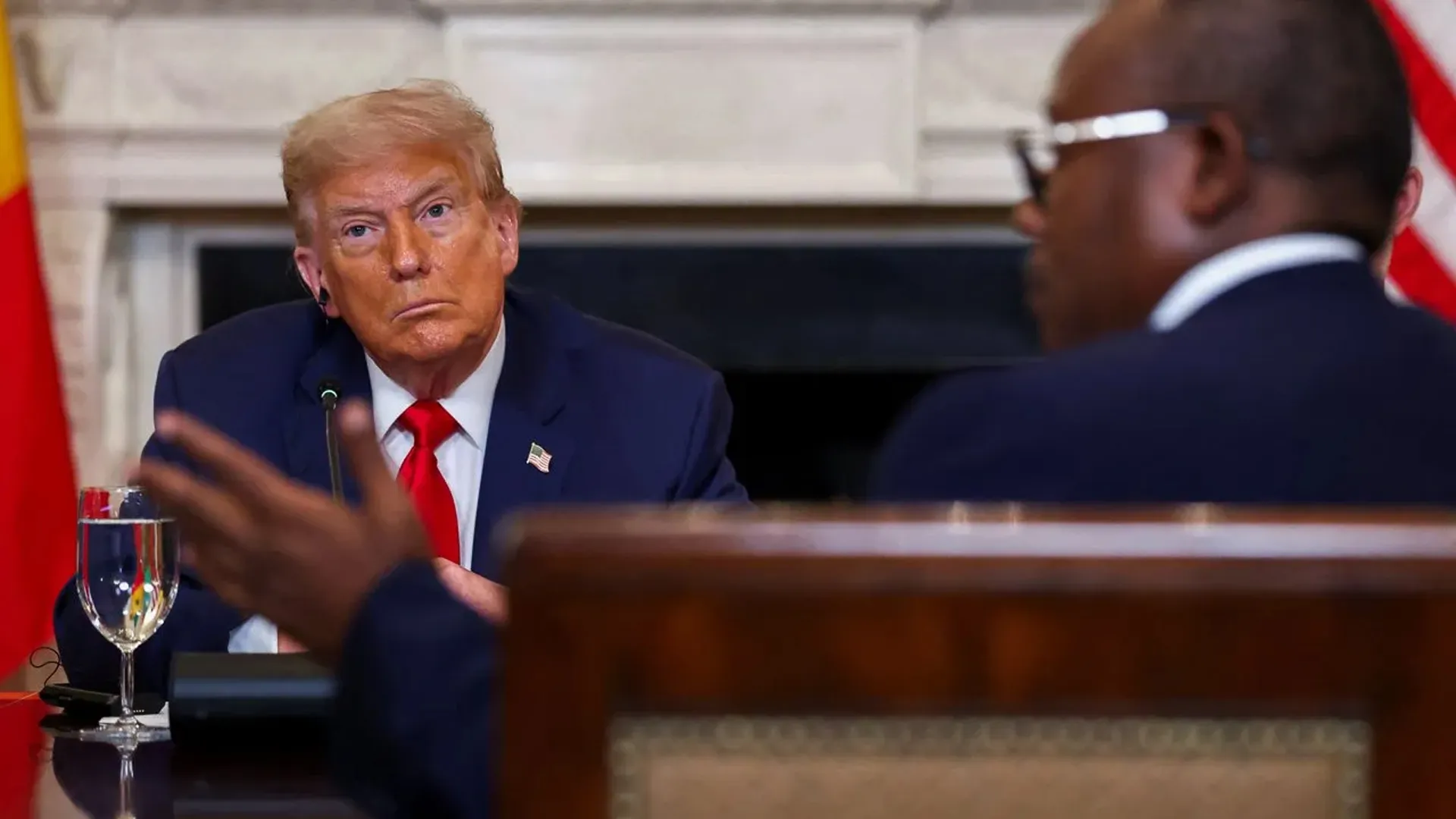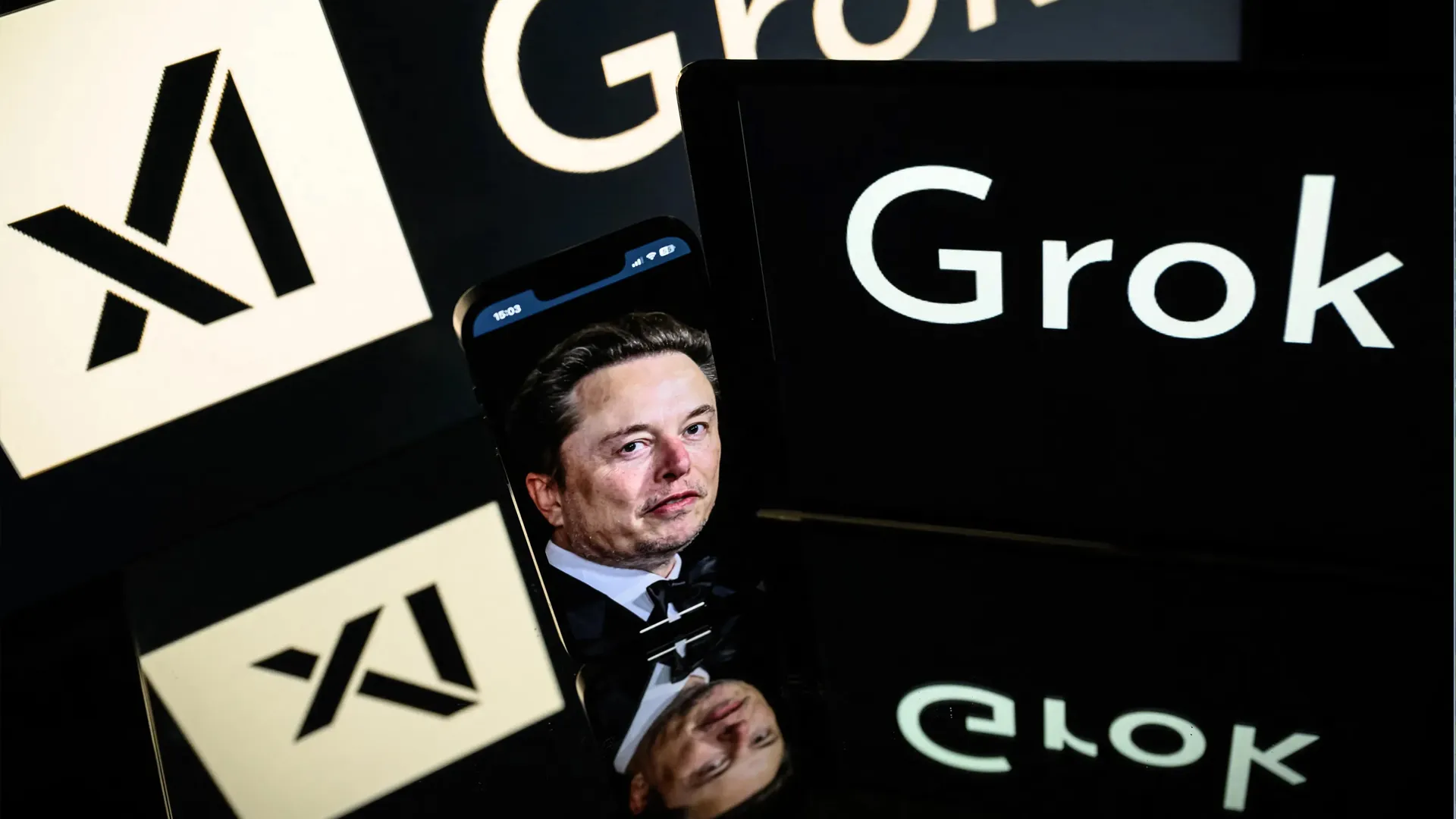President Donald Trump on Thursday doubled down on an increase in Chinese tariffs, moving the rate up to 145%, a White House memo provided to Bloomberg cited. The recent escalation comes following China’s plan to slap the US with an 84% retaliatory duty on imports.
The White House explained that the combined tariff is a 20% tariff implemented previously this year, placed over China’s suspected involvement in trafficking fentanyl. Already a day prior to the new tariff rate, Trump had already imposed a 125% tariff to counter the trade deficit and react to China’s retaliatory action.
Tariff Breakdown: What’s Included?
The newly imposed 145% tariff is on all Chinese imports, one of the most aggressive trade measures to date under Trump’s administration.
Additionally, the US continues to enforce:
-
25% tariffs on aluminum, automobiles, and goods from Canada and Mexico not covered by the United States-Mexico-Canada Agreement (USMCA)
-
10% tariffs on all other foreign imports
This action is one of Trump’s overall efforts to rebalance trade policies and stimulate American manufacturing.
Trump’s Explanation: “A Transition Cost”
President Trump defended the decision during a Cabinet meeting on Thursday, acknowledging that the new tariffs may bring temporary challenges.
“There’ll be a transition cost, and transition problems, but in the end it’s going to be a beautiful thing,” Trump said. “We’re in very good shape.”
Trump is adamant that the tariffs will eventually stimulate the US economy by balancing trade and discouraging what he refers to as “unfair retaliation” by China.
International Reactions and Recent Temporary Halt of Other Tariffs
On Wednesday, Trump announced a 90-day tariff delay on most nations, one aimed at soothing global markets in the face of increasing trade tensions. But this is not the case for China, Hong Kong, or Macau.
Instead, Trump raised China’s rate to 125%, and that was subsequently revised to 145% following inclusion of previous penalties related to fentanyl issues.
China Retaliates
Beijing responded by imposing 84% tariffs on US products and indicated that it was willing to retaliate further if necessary. Though China was reportedly keen on talking, it also imposed limits on imports of Hollywood products as a symbolic reprisal—though this will be felt to have little economic effect on the US, according to experts.
The escalation of tariffs occurs at a critical moment for the world’s markets which are already shaken by protectionist trade policies and geopolitical tensions. Trump’s daring move indicates no-compromise on China as the administration continues to redefine America’s trade posture.
With tariffs now at their peak and tensions high, all eyes continue to watch as both superpowers tread the path forward.






















